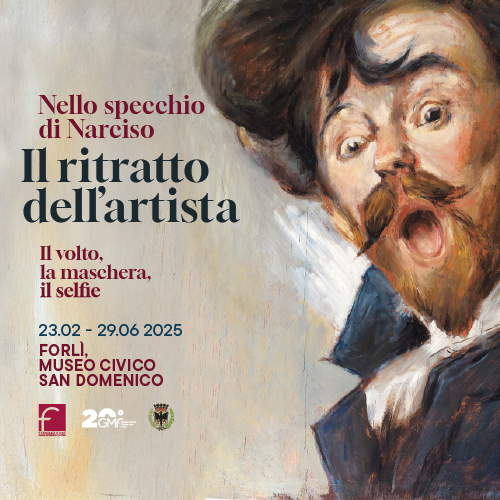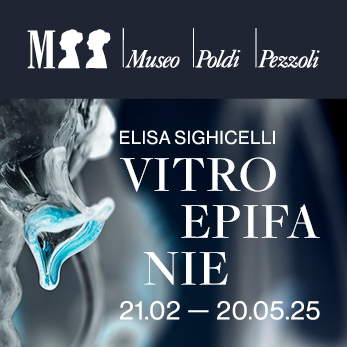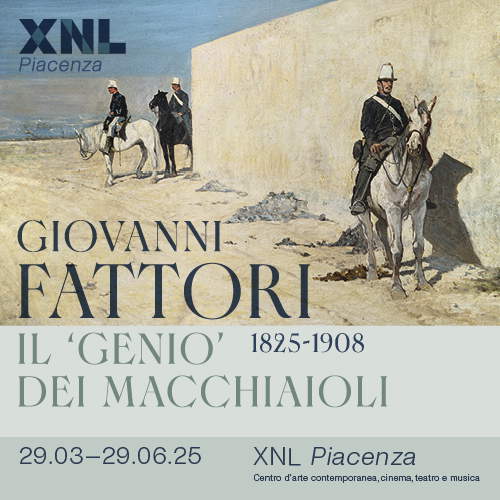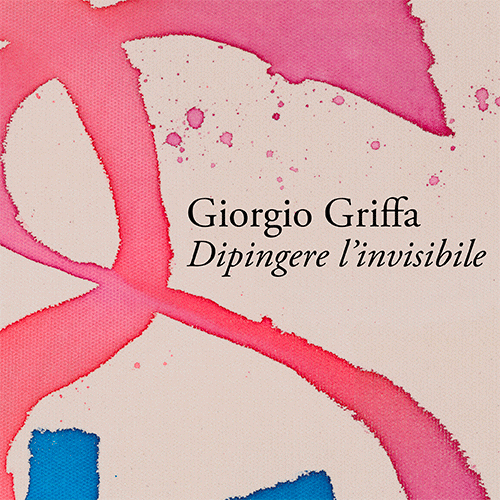
Greek Wreckage Museum to be born in Gela: set-up to begin
Work will begin on Thursday, April 3, to set up the Greek Shipwreck Museum in Gela (Caltanissetta). The museum will include a permanent display of Greek ships recovered in the sea at Gela-they are the oldest Greek ships in the world. Multimedia installations are also planned.
By Redazione | 01/04/2025 11:59
Work will kick off on Thursday, April 3, at 11 a.m., on the setting up of the Greek Wrecks Museum in Gela (Caltanissetta), which will be built within the Bosco Littorio area. The museum was entirely financed by theRegional Department of Cultural Heritage and represents a significant achievement in the Sicilian archaeological scene. Designed and directed by the Superintendence of Cultural Heritage of Caltanissetta, the installation marks a milestone in the enhancement of the city's historical heritage.
The operations will begin with the opening of the crates containing the wooden elements of the archaic Greek wreck known as "Gela I," a find of extraordinary value, recovered in the waters of contrada Bulala, in Gela, thanks to the campaigns conducted by the Superintendence between 2003-2004 (when the bow of the wreck was recovered) and 2007-2008 (when the stern was instead recovered). After the delicate phase of assembly, an exhibition with showcases containing the artifacts recovered from the vessel will be created, accompanied by innovative multimedia installations that will offer visitors an immersive experience in the history of Greek navigation.
In recent years, the sea around Gela has returned important finds: among them two important shipwrecks from the Greek era, called the Gela I and the Gela II. The ship Gela I was discovered in 1988 in the sea of Contrada Bulala, at a depth of five meters: its recovery, as mentioned above, began in 2003 following a decidedly complex operation, was completed in 2008, and later, in 2014, the wreck was restored in Portsmouth, Great Britain. The ship Gela I, which can be dated to the 6th-5th centuries B.C.E. and as far as we know is the oldest Greek ship in the world, was then exhibited to the public for the first time in 2020 during the Ulysses exhibition at the San Domenico Museums in Forli. After that, a significant part of the wreck, including the paramezzal and the mainmasters, was displayed between 2022 and 2023 in a temporary pavilion specially set up in Bosco Littorio. This preview was held as part of the Ulysses in Sicily exhibition, a major event that attracted more than 45,000 visitors in just three months. In contrast, the Gela II ship, dating to the fifth century B.C., was discovered in 1990 and recovered in 2024.
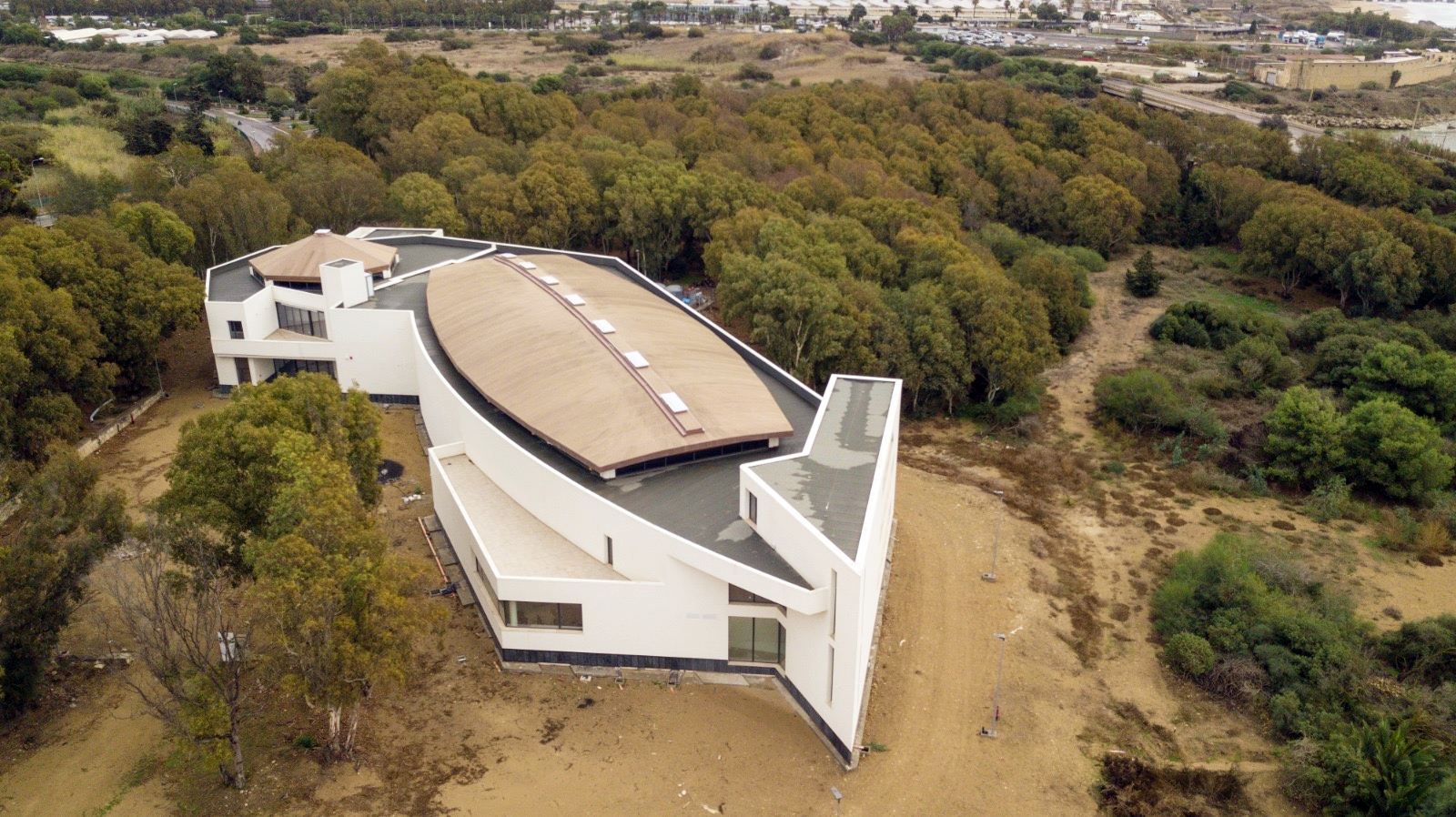
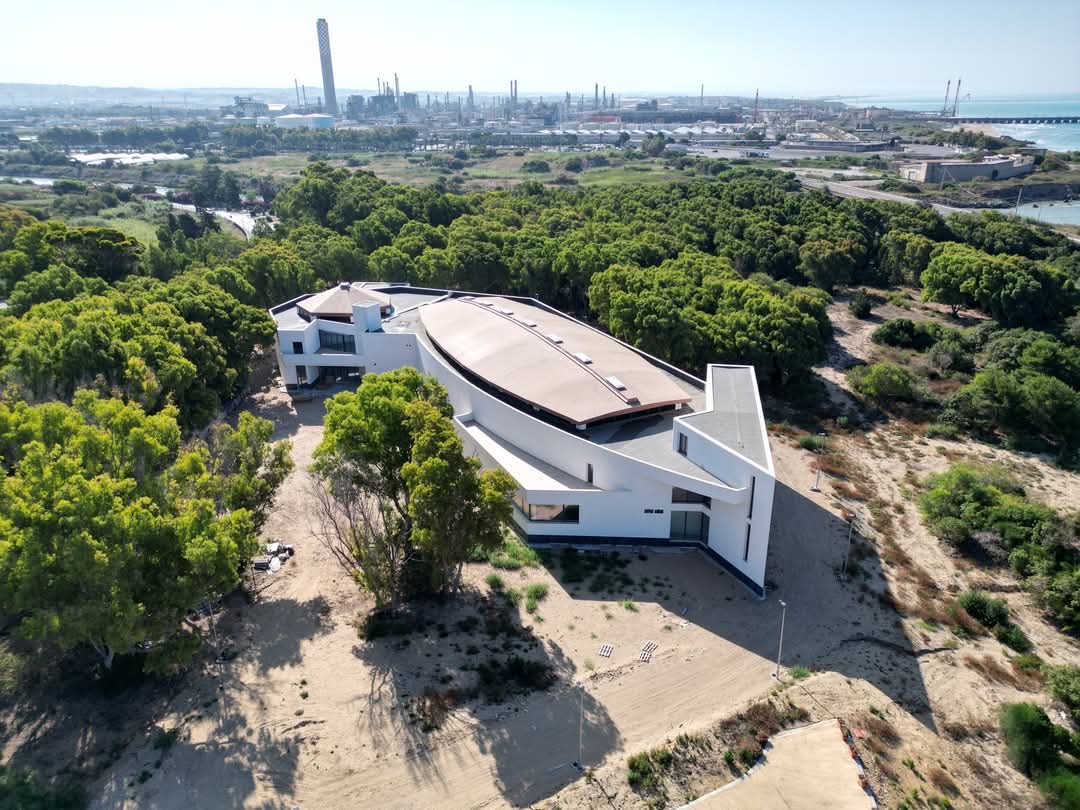
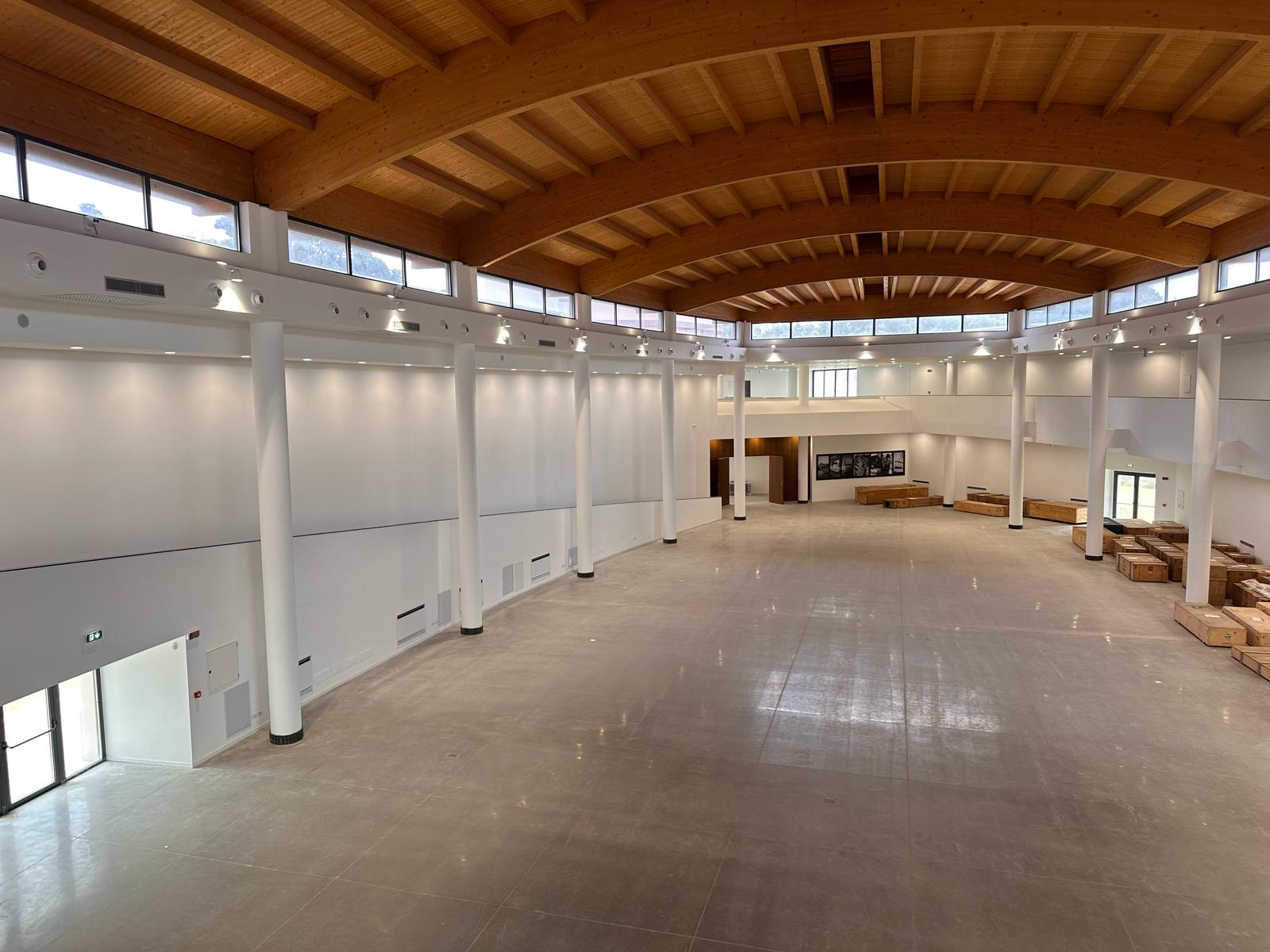
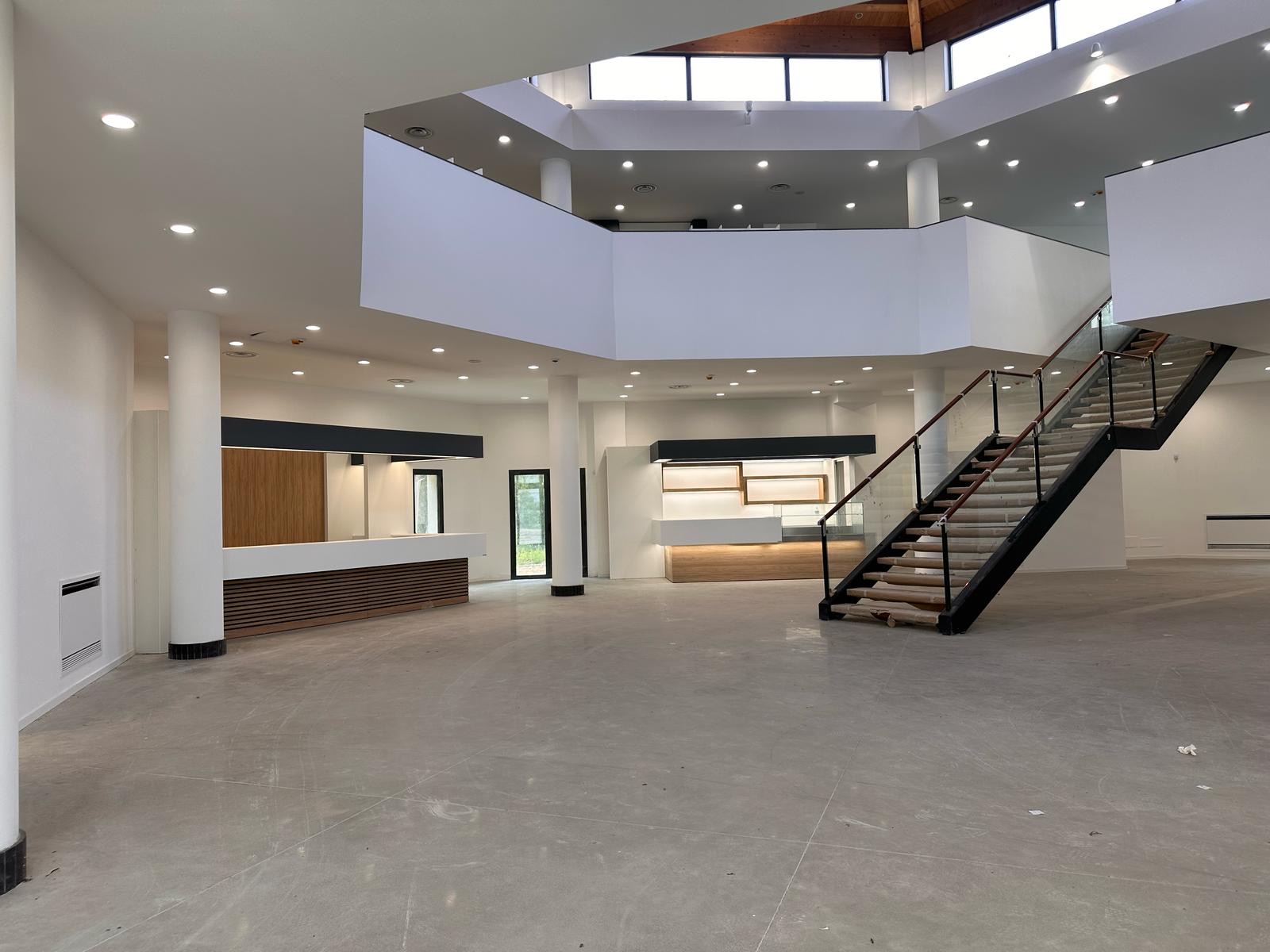
The start of the work will be accompanied by an official ceremony attended by important representatives of the Sicilian cultural and archaeological sector. In attendance will be the councillor for Cultural Heritage and Sicilian Identity, Francesco Paolo Scarpinato, the superintendent of Cultural Heritage of Caltanissetta, Daniela Vullo, and the director of the Archaeological Park of Gela, Donata Giunta. Alongside them, key figures in the realization of the museum will also speak, including Ettore Dimauro, planner and director of works, Emanuele Turco, single person in charge of the procedure and manager of the archaeological section, and Filippo Ciancimino, curator of the layout.
The initiative represents an important step forward in the protection and enhancement of Sicily's archaeological heritage. Gela, a city with a history dating back thousands of years, is once again confirmed as a point of reference for studies on ancient navigation and for the preservation of artifacts of exceptional historical value. The opening of the Museum of Greek Wrecks will offer visitors the opportunity to admire up close some of the most extraordinary finds of underwater archaeology, placed in an exhibition itinerary designed to enhance the naval history and technology of antiquity.
The creation of this new museum, moreover, will not only enrich the city's cultural offerings, but also contribute to strengthening archaeological tourism, not to mention fostering greater awareness of the value of Sicily's historical assets. With the start of the installation, the Museum of Greek Wrecks is approaching the milestone of its inauguration, which, it can already be predicted, will be a crucial moment in the rediscovery and enhancement of Greek Gela.
